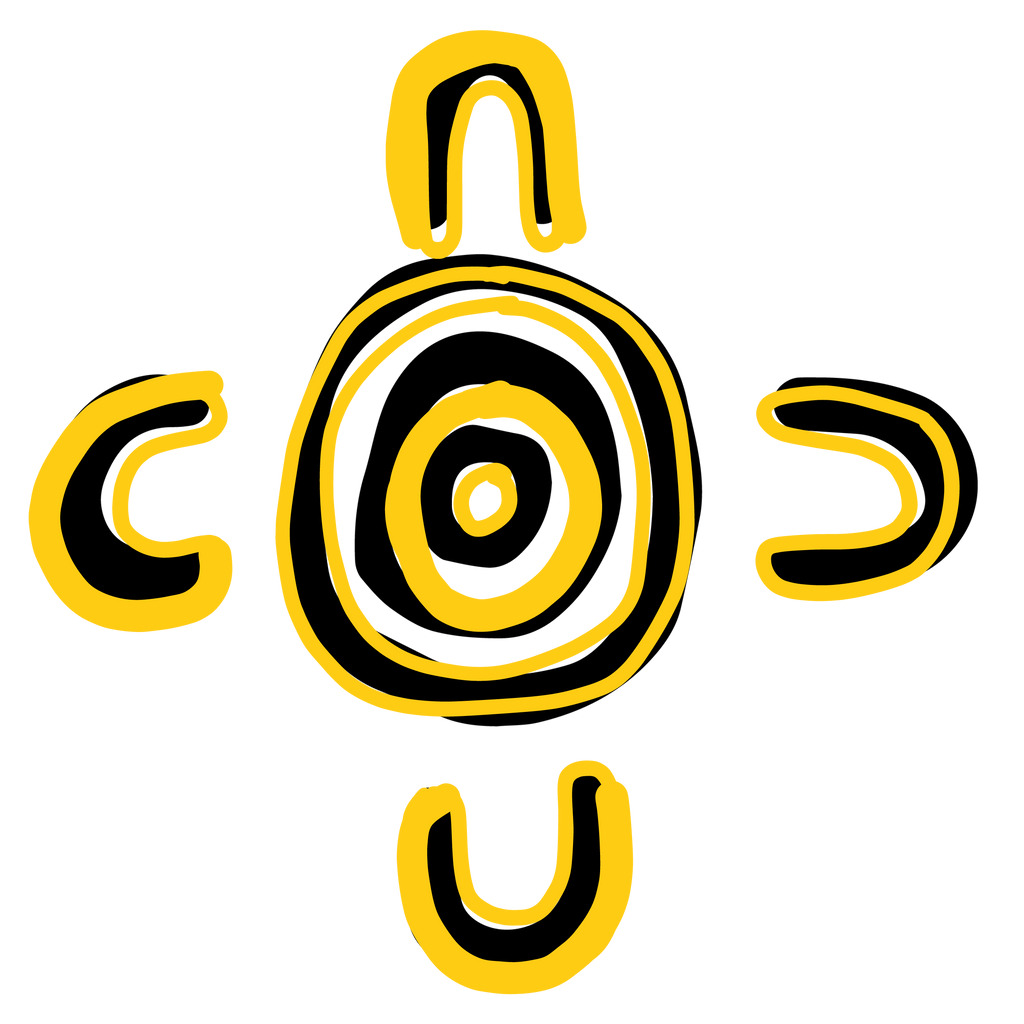100% from Community Aboriginal Art Centres
Dot Paintings Arnhem Land Weaving Arnhem Land Subscribers Stretched Paintings Desert Weavings Watercolour Paintings
We make buying and learning about Aboriginal art easy and meaningful by partnering exclusively with community-run, not-for-profit Aboriginal art centres. At ART ARK® your support truly means something.
Celebrating Australian Aboriginal Art
Australian Aboriginal art is deeply rooted in the cultural heritage and traditions of Aboriginal communities and reflects their profound connection to the land, the Dreaming, and ancestral Dreamtime stories. Resilient through ice ages and the harsh reality of colonisation, it stands as the world's oldest continuous artistic expression.Aboriginal Art History
Today, Aboriginal art not only preserves cultural knowledge for future generations but also empowers remote communities economically. Indigenous art centres in regions like the Kimberley, the Central Desert, and Arnhem Land are vital hubs of artistic production. They offer social and economic opportunities that are otherwise scarce and foster pride and cultural transmission.

Aboriginal rock painting of megafauna, Quinkan rock art, Laura, QLD
Sadly, not everyone sells Aboriginal art for the right reasons. Unscrupulous dealers continue to exploit artists by paying them only a fraction of the intended sale price, while deceiving unsuspecting buyers. It’s a web of misinformation, with these very same dealers warning of unscrupulous dealers. Cue facepalm.
Supporting Aboriginal Artists and Buying Aboriginal Art Ethically
At ART ARK®, we champion the good side. And there is a good side! An amazing and uplifting industry where buying Aboriginal art supports whole communities. We partner exclusively with not-for-profit, community-run, and publicly audited art centres that prioritise their artists' interests and authenticate the artworks we sell. Aboriginal Art Centres? Ethical Aboriginal Art? Authenticity? Indigenous Art Code?

Murdie Nampijinpa Morris in Nyirripi Community, Northern Territory
Before founding ART ARK®, we worked for these incredible community centres for over ten years. Our mission today is to combat the prevalent exploitation in the Aboriginal art market through education while providing you with a seamless, ethical way to support talented artists. Through these partnerships, we strive to foster a deeper understanding and appreciation of Aboriginal art and culture, promoting fair practices and the economic empowerment of Aboriginal communities.
From Desert Dot Paintings to Arnhem Land Barks
Discover our beautiful Aboriginal artworks and take pride in owning a piece that truly makes a difference. When you purchase Aboriginal art from ART ARK®, you're choosing fairness, authenticity, and respect. Each artwork reflects the rich cultural heritage and artistic excellence of Aboriginal communities, ensuring that your purchase contributes to the preservation and empowerment of these remarkable traditions.









 Aboriginal Art History
Aboriginal Art History
 What is The Dreaming
What is The Dreaming
 Aboriginal Art Symbols
Aboriginal Art Symbols
 Aboriginal Dot Painting
Aboriginal Dot Painting




